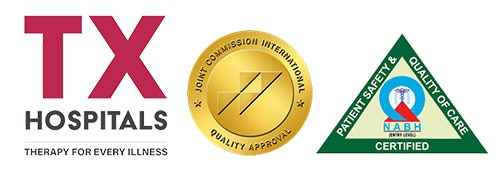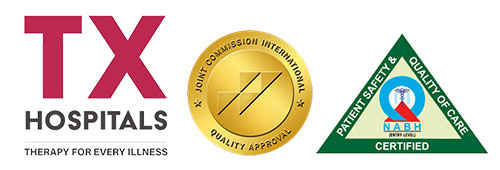Ryles Tube Insertion Procedure in Hyderabad
RYLES TUBE PLACEMENT AND FEEDING
How To Insert A Nasogastric Tube
A nasogastric tube placed into the stomach allows for access to the inside of the stomach. Sometimes the tube is passed into the small intestine to allow enteric feeding.
Indications For Nasogastric Tube Insertion
- To decompress the stomach and gastrointestinal (GI) tract (ie, to relieve distention due to obstruction, ileus, or atony)
- To empty the stomach, for example, in patients who are intubated to prevent aspiration or in patients with GI bleeding to remove blood and clots
- To obtain a sample of gastric contents to assess bleeding, volume, or acid content
- To remove ingested toxins (rare)
- To give antidotes such as activated charcoal
- To give oral radiopaque contrast agents
- To provide feeding of nutrients into stomach or feeding directly into small intestine with a long, thin, flexible enteral feeding tube
Step-By-Step Description Of Procedure
- Put on gown, gloves, and face shield.
- Check for patency of each nostril by holding one closed and asking patient to breathe through other nostril. Ask patient which provides better airflow.
- Look inside the nose for any obvious obstructions.
- Place a towel or blue pad over the patient’s chest to keep it clean.
- Choose the side for tube insertion and spray topical anesthetic in this nostril and the pharynx at least 5 minutes before tube insertion. If time permits, give 4 mL of 10% lidocaine via a nebulizer or insert 5 mL of 2% lidocaine gel into the nares.
- If available, spray a vasoconstrictor such as phenylephrine or oxymetazoline in the nostril, trying to reach the entire nostril surface, including the superior and posterior aspects; however, this step can be omitted.
- Estimate the proper depth of insertion—about the distance to the earlobe or angle of the mandible and then to the xiphoid, plus 6 inches; note which of the black marks on the tube correspond to this distance.
- Lubricate the end of the nasogastric tube.
- Gently insert the tip of the tube into the nose and slide along the floor of the nasal cavity. Aim back then down to stay below the nasal turbinate.
- Expect to feel mild resistance as the tube passes through the posterior nasopharynx.
- Ask the patient to take sips of water through a straw and advance the tube during the swallows. The patient will swallow the tube, facilitating passage into the esophagus. Continue to advance the tube during swallows to the predetermined depth using the black marks on the tube as guidance.
- Assess proper tube placement by asking the patient to speak. If patient is unable to speak, has a hoarse voice, is violently gagging, or is in respiratory distress, the tube is probably in the trachea and should be removed immediately.
- Inject 20 to 30 mL of air and listen with the stethoscope under the left subcostal region. The sound of a rush of air helps confirms the tube’s location in the stomach.
- Aspirate gastric contents to further confirm placement in the stomach (sometimes no gastric contents can be aspirated even when the tube is properly positioned in the stomach).
- Sometimes a chest x-ray is needed to definitively confirm the location of the tube in the stomach. If the tube will be used for infusing any substances, such as a radiopaque contrast agents or liquid feedings, a chest x-ray is highly recommended.
- Secure the tube to the patient’s nose. Apply benzoin to the skin if available. Use a 4- to 5-inch piece of adhesive tape that is ripped vertically for half of its length and attach the wide half to patient’s nose. Then wrap the tails of the tape in opposite directions around the tube.







